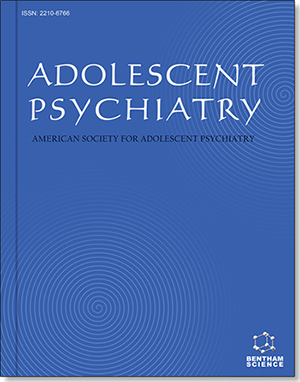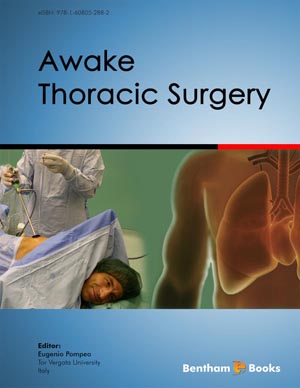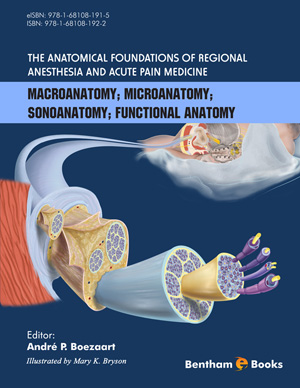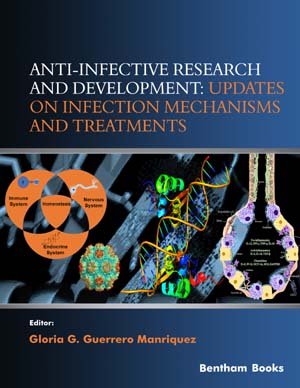Abstract
Metabolic syndrome is a condition characterized by a cluster of risk factors
associated with cardiovascular disease. These metabolic factors include abdominal
obesity, high blood pressure, impaired fasting glucose, high triglyceride levels, and low
HDL cholesterol levels. Obstructive sleep apnea syndrome (OSAS) is a sleep disorder
in which the air passages constrict during sleep, leading to repeated breathing
interruptions. The prevalence of OSAS has increased over the years, particularly
among aging individuals. Although the underlying reasons for airway obstruction
involve various factors, such as overweight, anatomical abnormalities, shifts in airway
dynamics, pharyngeal neuropathy, and fluid redistribution, these causes remain
incompletely understood.
The primary characteristics of OSAS include repetitive interruptions in breathing,
resulting in heightened susceptibility to a range of chronic ailments. These
interruptions lead to intermittent episodes of low oxygen levels (hypoxia) and elevated
carbon dioxide levels (hypercapnia), often accompanied by sleep disruptions due to
arousal.
In this yet-to-be-published exploration, I navigate the intricate dynamics of human
connection in the digital age, examining how technology both bridges and divides us.
Through a blend of personal reflections and sociological analysis, I aim to shed light on
the complexities of virtual relationships and their impact on our sense of belonging.
Keywords: Intermittent hypoxia, Metabolic disorders, Pathophysiological mechanisms, Respiratory diseases.





















